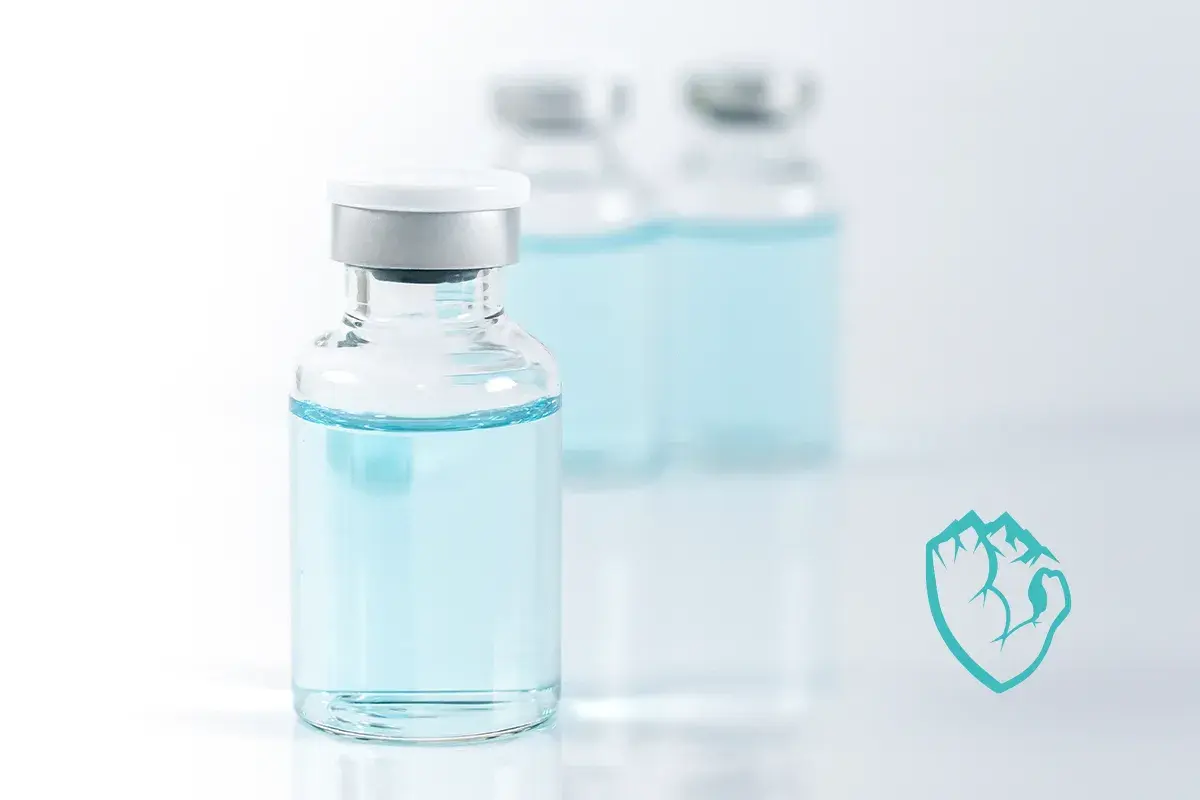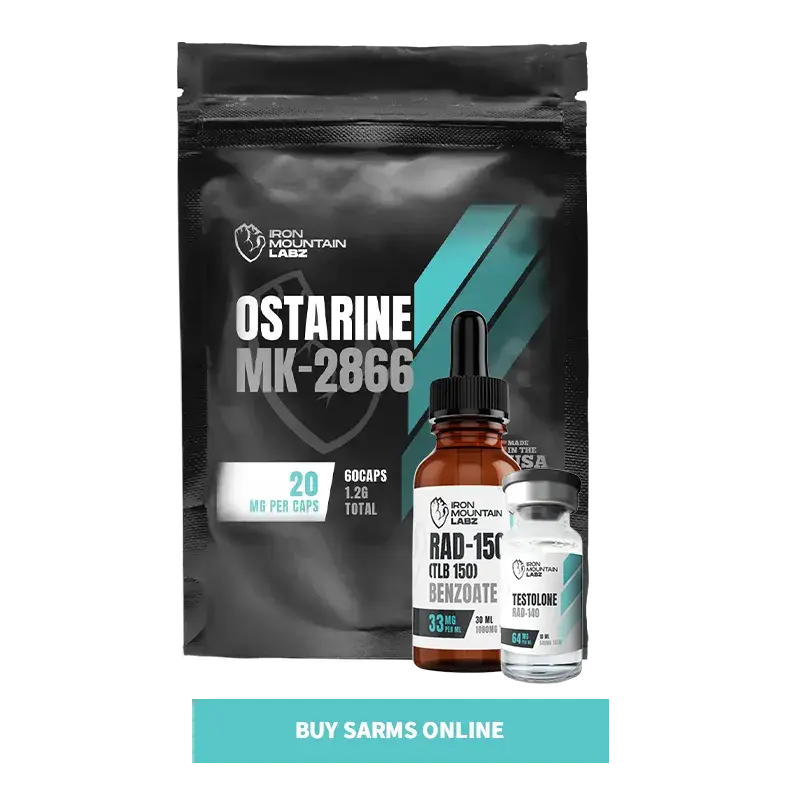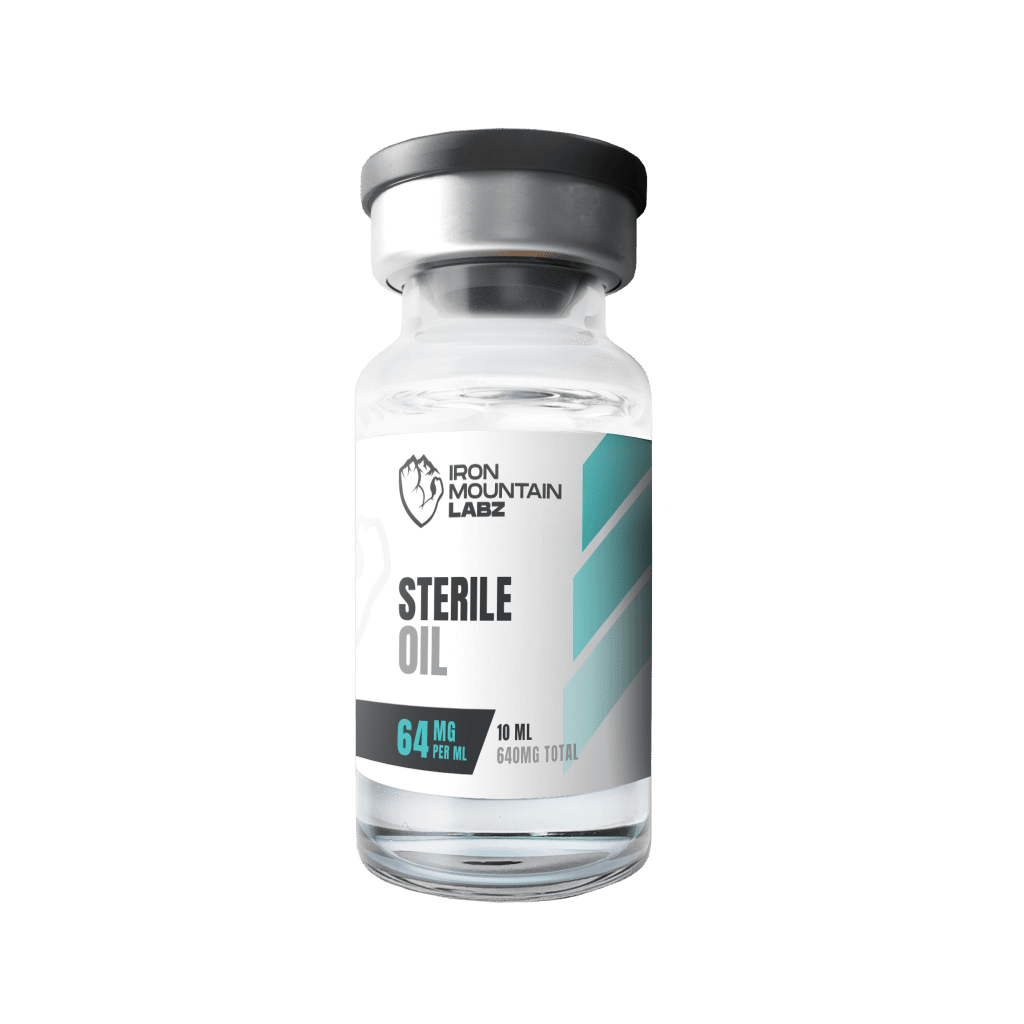
How long do SARMs last in the system of research subjects? It’s a common question and an important one for several reasons.
First, SARMs can interact pharmacologically with other compounds, and this may lead to harmful side effects in test subjects. Second, they can show up in analytical screening during controlled laboratory studies, which can affect the study outcomes.
In this blog, you’ll get to know everything about the detection windows of SARMs and some factors that can influence how long they stay in the system.
SARMs, or Selective Androgen Receptor Modulators, are a group of substances that are used in research to explore how specific tissues respond to androgen signals.
These compounds are made to bind to androgen receptors, which are proteins found in areas like muscle and bone. When SARMs attach to these receptors, they can trigger certain actions in cells, such as growth or repair.
In experimental research, this targeted action of SARMs can be beneficial for experts to focus on areas like muscle and bone in research subjects, with fewer factors getting in the way.
Most SARMs half-lives ranges between 8 to 36 hours, but traces can still be found for several days after that. (r)
The amount of time SARMs stay in the system of research subjects depends on several factors. The detection window can be influenced by the compound type, how it is processed, and the method used for detection.
Some SARMs can be found in a system for just a few days, and others may remain for a week or longer. This is measured by the compound’s half-life, which is the time it takes for half of the substance to leave the system.
In research studies, they are usually detectable through blood or urine tests. The detection window can vary based on experimental dosing protocols and administration schedules. A single dose may clear faster than repeated use. The exact time also depends on the sensitivity of the test method.
The key elements that can change the detection window of SARMs in experimental studies are as follows.
The chemical properties and half-lives of each SARM are different from one another. For example, studies often compare RAD-150 vs RAD-140 since both vary in stability and detection windows. RAD-140 stays in the system longer than Ostarine. So, the type of SARM used directly affects how long it remains traceable.
The higher doses or repeated administration can also lead to longer detection times in research subjects. Similarly, when a SARM is repeatedly administered to the subject, it may build up and take longer to leave the system. For example:
SARMs, when administered orally, may clear at a different rate compared to injectable SARMs or liquid SARMs. The way this compound enters the subject’s system influences how long it stays active and detectable.
The detection time of the SARM compound is also affected by the metabolic rate of the test model. A fast metabolic rate in test models can break it down quickly, and a slower one keeps it in the system longer.
Some SARMs stay stable in biological fluids for longer periods. Others may break down faster. This affects how long they remain measurable in blood, urine, or tissue samples.
The most commonly used drug tests in controlled research settings include the following.
Urine tests are often used because they can detect SARMs for several days after use in a model. These tests track how long the compound stays in the system through excretion. On average, they are detectable in urine for 5–10 days in subjects after administration.
This technique utilizes blood samples to find out active levels of SARMs in real time. They give necessary information on how quickly a compound is absorbed, how it acts, and when it begins to break down. In most cases, they remain detectable in blood for 1–3 days in subjects, depending on the compound and dose.
In some studies, SARMs are compared with other compounds like SARMs vs peptides when analyzing how long they remain traceable in tissues such as muscle or liver. They can remain in tissues for 7–14 days in test models, especially after repeated or high-dose exposure.
Here are a few examples of well-known SARMs and how long they have been observed to stay in test models.
Ostarine Mk-2866 may be detectable in test models for an average of 5 to 7 days, but the exact duration depends on factors like dosage, administration method, and frequency.
Ligandrol has a longer half-life than many other SARM products. It remains active in the system for 2–3 days and is detectable for up to 7–10 days in research subjects.

RAD-140 is a research compound that is examined to look into muscle cell growth and anabolic signaling in test models. The half-life of Testolone is about 20 hours, and it remains detectable in the subject’s body for about 10 days.
Andarine, also known as S4, is examined for its effects on muscle retention and visual receptor interactions. This compound has a short half-life of 6 hours, and it is detectable for 1 to 3 days after administration in research subjects.
SARMs stay in research models for different lengths of time depending on the compound, its dosage, frequency of use, and how it is broken down. On average, SARMs vs steroids detection windows differ significantly, with SARMs typically showing half-lives between 8 and 36 hours but still traceable for several days. Compounds like Ostarine, Ligandrol, and RAD-140 may remain detectable for up to 10 days in research settings. Scientists rely on drug testing techniques such as urine tests, blood analysis, or tissue sampling to measure these durations.
The best SARMs available online are the ones tested for purity by third-party labs. Reputable sources like Iron Mountain Labz is known for transparent lab reports and research-grade products. A good rule of thumb is to verify Certificates of Analysis (COAs) before purchasing any SARM product
Yes, SARMs are detectable in trial subjects. The detection window for these compounds is a few days to up to two weeks.
MK-677 (Ibutamoren) is a compound that is studied for growth hormone stimulation in test models. Although it is not a SARM, it can still be detected in urine. In experimental settings, it may be found for up to 5–7 days, depending on the dose and how the model processes it.
Ostarine (MK-2866) has a half-life of about 24 hours. In research models, it is usually detectable for 5 to 7 days after a single dose. If used repeatedly, it may take longer to clear completely.
Cardarine (GW-501516) is not a SARM but is often grouped with them in research. It can be detected in analytical tests made to look for it. In lab studies, Cardarine has been detectable for up to 10 days after administration, depending on how often it was given and how the test model processes it.
Peptides are investigational compounds that are studied for their role in muscle repair, metabolism, and
Peptide reconstitution is a simple process to restore peptides to an active state. Peptides are

If you experience injection pain, consider purchasing sterile oil. It helps ease discomfort by thinning the compound, making injections smoother.